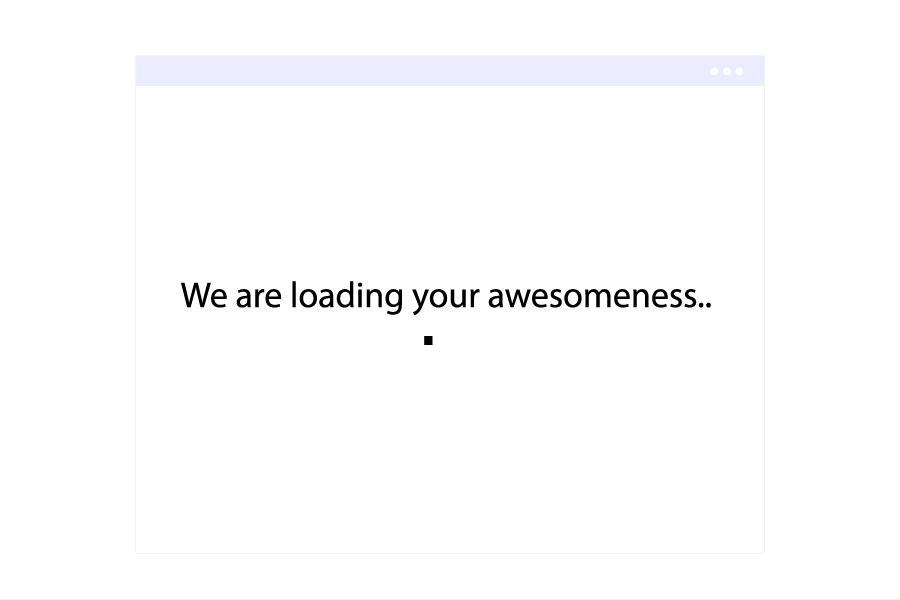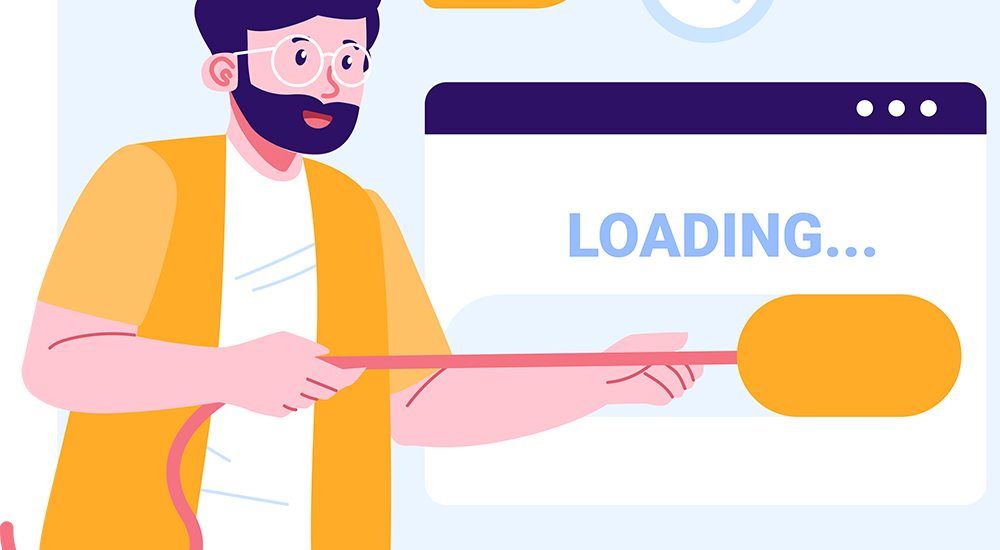Ever caught yourself gazing at a loading screen, wondering how many seconds you’re going to endure before you click away? You’re not the only one. With the digital age, patience is a currency that’s in short supply, but it has an outsized impact on user experience. Whether it’s a spinning wheel or a “we are loading” message, every extra second can make or break the user’s journey. But what really goes on in our minds during those moments of waiting? Let’s explore the psychology behind loading screens, what influences online user behavior, and how designers can harness this knowledge to create better digital experiences.
Why Do Loading Screens Exist in the First Place?
Before diving into psychology, it’s worth understanding the technical side. Loading screens is necessary when systems need to retrieve data, render visuals, or perform complex background tasks. However, even when the delay is unavoidable, the way it’s presented can change the entire perception.
That brings us to a central question: How much are users willing to wait?
The Willingness to Wait: A Fragile Threshold
Research indicates that the majority of users anticipate websites and apps to take 2-3 seconds to load. Anything more than that initiates a decrease in engagement and satisfaction. But waiting willingness isn’t simply time—it’s about how people feel while waiting.
If a loading screen is useless or vacuous, then users tend to get frustrated more easily. Conversely, if it gives feedback, entertainment, or a perception of progress, it can make user experience better in spite of the wait.
Gamification, animation, or even a witty message such as “Hang tight, we are loading something awesome!” can make waiting more tolerable. These finishing touches tap into the psychology of anticipation and reduce tension.
How Patience for People Translates to Patience for Interfaces
Interestingly, our overall patience for individuals affects how we behave around digital interfaces. A person who is more patient in actual queues might be more lenient toward loading screens. But most of the time, digital impatience results from unrealistic expectations imposed by quick technology.
In an era of one-click purchases and instant satisfaction, customers subconsciously anticipate speed as the norm. When those expectations are not fulfilled, frustration escalates rapidly. This emotional response is not only natural—it’s connected to the way our brains respond to delays.
The Neuroscience of Waiting: Why Time Feels Longer Online
Ever stop to think that five seconds spent waiting on a website takes longer than five seconds spent waiting in line at the coffee shop?
That’s because our sense of time is variable depending on our level of involvement. In digital spaces, there’s less sensory input. No scents, no ambient sounds, no talk. Just you and the screen. Because of this, the brain is hypersensitive to lag.
This is where the online user behavior kicks in. Users multitask, have multiple tabs open, or leave slow-loading websites behind altogether. The design objective is not only to minimize loading time but to take control of that wait time and make it meaningful.

Best Practices for Designing Loading Screens
A good loading screen actually makes the overall experience better. These are some psychological strategies that do the trick:
- Progress Indicators: Displaying a bar or percentage makes users feel in control and expectation.
- Micro interactions: Small motions or animations keep the brain active.
- Witty Texts: Phrases like “We are loading your awesomeness” make the process more humanized.
- Visual Distraction: Teaser content, quick tips, or fun facts distract users from noticing the wait.
These design decisions quietly nudge users to remain stationary by eliciting emotional responses that minimize anxiety.

Final Thoughts: Patience Is a Design Opportunity
Whereas it’s tempting to write off loading screens as a technological glitch, they are, in fact, golden moments of opportunity to craft perception. Each second a customer waits are either a second, they lose or a second, they’re won over. Through the psychology of waiting and user-centered design, companies can transform these interstitial spaces into moments of joy.
So, the next time your screen displays, “we are loading,” do remember—it’s not merely a lag. It’s a test of faith, of design, and of human patience.
Speed does count in the game of going digital. But how you make people wait might be more critical than how long you let them wait.



